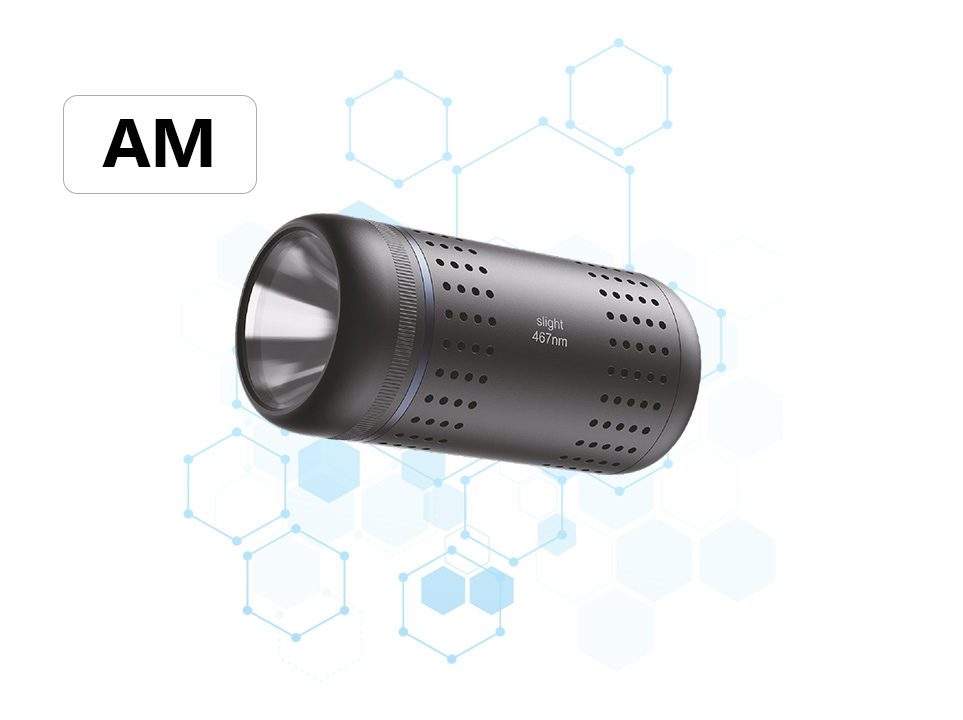Power selection of continuous flow photocatalytic equipment
In the realm of organic synthesis, continuous flow photocatalytic equipment has emerged as a pivotal technology, offering enhanced reaction efficiency, scalability, and environmental sustainability. However, selecting the appropriate power for these systems is crucial for optimizing performance and ensuring cost-effectiveness. This article serves as a comprehensive guide to power selection for continuous flow photocatalytic equipment in organic synthesis.
1. Understanding the Basics of Photocatalysis
Photocatalysis involves the use of light to activate a catalyst, promoting chemical reactions under mild conditions. In continuous flow systems, reactants are continuously fed into a reactor containing a photocatalyst, which is illuminated by a light source of a specific power. The choice of power determines the intensity of the light, impacting the rate and yield of the reaction.
2. Factors Influencing Power Selection
Several factors must be considered when selecting the power for continuous flow photocatalytic equipment:
Reaction Type and Scale: The type and scale of the organic synthesis reaction will dictate the required power. Larger-scale reactions may necessitate higher power to ensure adequate light penetration and photocatalyst activation.
Photocatalyst Properties: Different photocatalysts have varying absorption efficiencies and light sensitivity. Some may require higher-energy light sources to activate, while others may be more efficient with lower-energy light.
Reactor Design: The design of the reactor, including its dimensions, material, and internal configuration, can affect the distribution and utilization of light. Efficient reactor designs maximize light exposure and utilization, potentially reducing the power requirements.
Flow Rate and Residence Time: The flow rate of the reactants through the reactor determines the residence time, which in turn impacts the degree of photocatalysis. Higher flow rates may require increased power to maintain efficient reaction rates.
Energy Efficiency and Cost: Balancing performance and cost-effectiveness is essential. While higher power may provide faster reaction rates and improved yields, it also increases operational costs. Therefore, selecting the optimal power level involves weighing these considerations carefully.
3. Practical Tips for Power Selection
Consult Manufacturer Specifications: Manufacturers often provide guidelines for power selection based on reactor size, photocatalyst type, and intended application.
Perform Preliminary Testing: Conducting small-scale experiments with different power levels can provide insights into the optimal range for your specific reaction.
Monitor and Adjust: Continuously monitor the performance of the system and adjust the power as needed to optimize reaction rates and yields.
In conclusion, selecting the appropriate power for continuous flow photocatalytic equipment in organic synthesis requires a thorough understanding of the factors influencing power requirements and practical tips for optimization.





